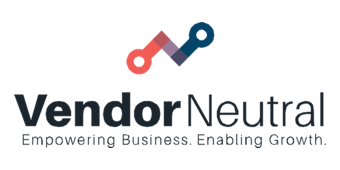
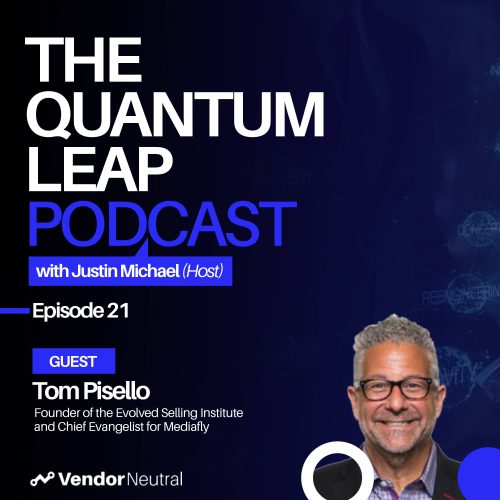

Closing the Customer Engagement Gap | Showing A Clear Case of ROI
Episode 21 -
Tom Pisello
Founder of the Evolved Selling Institute and Chief Evangelist for Mediafly.
Read Full Transcript
Closing the Customer Engagement Gap | Showing A Clear Case of ROI
Sixty-six percent of buyers say ROI is essential to the decision-making, yet only 16 percent of sellers are able to make a clear case for ROI. Tom Pisello, the ROI guy shares practical tips on how to close the customer engagement gap, the importance of discovery and alignment, and tips for closing the biggest gap, showing a clear case of ROI. Listen in for the specific methods, techniques, tools, mindset, and skillset that you need to engage with today’s evolved buyers.
Justin Michael Welcome back to the Quantum Leap Podcast, I am your host doing my best William Shatner impression, Justin. Michael, this is Vender Neutral. Today we have an awesome guest, Tom Pisello, the ROI guy, Chief Evangelist for Mediafly. He’s the founder of the Evolved Selling Institute. Tom, thanks for coming on the show.
Tom Pisello Thank you so much, Justin.
Justin Michael Yeah, well, I’m excited today to talk about enablement and ROI Guy. I mean, I’d love to hear about the moniker here. Where did that come about?
Tom Pisello Yeah, it came about, gosh, almost two decades ago. I’ve dedicated my just about entire professional career from when I was an engineer to when I started to become more of a business person versus engineer. I’ve been focused almost exclusively on return on investment, being able to help different B2B solution providers better communicate and quantify their unique and differentiating value to customers throughout the lifecycle. And it’s been my passion. And so, company to company, two different companies I created, working for Gartner Group for a while. I was able to kind of help move this along. So, ROI is my passion.
Justin Michael I have so much respect for Gartner because I recently wrote a book and I had to do all the reference checking, and it’s tough to be an analyst and it’s actually tough to put together an ROI business case that is believable and not full of round numbers and assumptions. So that’s really cool. Also interested in learning more about the Evolved Selling Institute and yeah, because we got a lot of sales leaders who listen to this podcast.
Tom Pisello Yea, the Evolved Selling Institute is for sales leaders, sales enablement professionals, value consultants, marketers who want to improve their ability to communicate and quantify value and be able to drive sales performance. So, we’ve created a methodology called Evolved Selling, migrating from traditional to enabled, where now sellers are able to talk value. They’re able to find the content effectively. You’re able to track kind of what they’re doing to now being evolved, really meeting buyers where buyers want to be met and how they want to buy. And it’s a whole methodology that we’ve developed. There’s a whole community of practitioners that are in various stages of kind of moving through this journey. And so, it’s a community site where we do podcasts, publish tools, research articles to really help people through their enablement journey, whether that be sales content or value enablement.
Justin Michael So I’m always impressed where I have guests on and we do some homework around themes and topics, so you’re at Mediafly and you’re an Evangelist and I’m sure you want to talk about Mediafly, but we’re Vendor Neutral so in the sense we’re talking about modernizing enablement, the future of sales enablement. You brought up some great questions before about things like reps doing proper discovery. But just to put an umbrella at this at 60-thousand-foot view, what are you working on in that neck of the woods? And where is that space going from your lens?
Tom Pisello Yeah, I think, you know, from the research that we’ve seen and from a number of different analysts, whether that be from Forester or from Gartner or from other smaller firms like the Rain Group, who are doing some great work. We’re seeing a decided migration in buyer wants and needs. What a buyer wants, what a buyer needs. It’s evolved to be much more consumerized. There’s more people involved in every decision. Priorities are changing. Budgets are constrained, risk aversion is in place and it’s harder to get buyers to make a decision and harder for them to get decisions made even within their organization. So, they’re struggling with the whole, hey, I want to change something in my environment. I want to buy something or buy a service or subscribe and I want to make this change come into play, but I’m running into all kinds of hurdles myself. And then the way that they buy is completely different nowadays. Much more of the journey is digital. We can argue and look at different pieces of research of how much is digital versus sales led. Sellers are still important, but there’s a changing in terms of the engagement methodology as well. And then probably even more so is that when you ask a buyer, hey, how well is the solution provider doing and helping you with making this buying decision, or how well are the sellers engaging with you? There’s a huge gap and that gap is widening now that we’re doing both mostly virtual selling. So, solution providers, marketing, and selling are not meeting this changing buyer need. And so, the Evolved Selling Institute, the research, the articles, all of that now is focused on how do we close this customer engagement gap that has grown so wide and what are the specific methods, techniques, tools, mindset, skillset that you need to put in place to close that gap?
Justin Michael Fantastic. So, there’s a few areas that you helped me to highlight based on the wide array of research you’re doing around ROI and improving enablement. So, take me through some of the pitfalls here of selling. It sounds like reps are jumping to the solution. They’re not doing diagnosis. They’re not doing the discovery. Right. We always say that presentation before diagnosis like malpractice, you know but umm
Tom Pisello It’s a good analogy.
Justin Michael Malpractice
Tom Pisello It’s a great analogy tying it back to doctors, because I do think a lot can be learned from those kinds of engagements where, you know, the patient goes in and if they have an ailment, what do they do? They go and they search WebMD, they search the web. They go in, jump on a whole bunch of different forums and, you know, ninety-nine percent of the time, they’re probably misdiagnosing themselves, right? But what are they doing? They’re going into the doctor’s office. And I’ve got doctor friends who tell me this all the time. Patients now will come in self-diagnosed and ask for specific prescriptions, maybe because they saw the ad, or they did the research or whatever. So, what does the doctor do? Well, if they’re a malpracticing doctor, they’ll fulfill the scripts, cash the check and move on. And, you know, you have to acknowledge that the patient is smart and that they’ve done some homework. So, you can’t all of a sudden say, well, you’re an idiot. You know, you’re not a doctor. I’m a doctor. I know better than you. I’m not giving you that prescription. Her, let’s go and do a whole big diagnostic. Well, they’ll walk out at that point. So, you have to acknowledge that the patient has done a lot of homework. But you have to, with that acknowledgment, also know that you’ve got to take through the process and through the dialog and conversations and engagement with that patient. You’ve got to walk them a few steps back so that you’re asking some good discovery questions. You’re doing some diagnostic. And perhaps what they’re wanting is exactly what they need. But perhaps there’s several other factors. Maybe diet, maybe exercise, maybe a more holistic approach that they need to take. Maybe that drug is really going to have some incredibly bad side effects for them. So, you can kind of do the analog now over to selling and say, wow, you know, being a modern seller is just like being a modern doctor in a lot of ways, you know, the buyers are doing a ton of research on their own. And when we’re brought in, we’re usually brought in to say, I’d like a demo of your product, and here’s exactly what I’m trying to solve with it, and here’s what I want you to show me. When you know you have to respect that. So, you can’t all of a sudden say, time out, I’m not going to show you anything. I’m going to instead spend this entire meeting asking you 30 questions. That doesn’t work. Right? So, you have to walk a fine line between acknowledging that the buyer is pretty damn smart and there’s a ton of research out there and they’ve probably done a great job going through it all. You also have to understand that they’ve probably overwhelmed themselves and in overwhelming themselves, just like a patient. I’ve seen, you know, relatives of mine who have an ailment go and do the research online and all of a sudden are just overwhelmed. They’re just totally verklempt with everything that’s been presented to them. So, there’s an opportunity to be a great filter and be, you know, curate the right content for them and the right positioning. There’s a way to demonstrate how you can deliver on some of the things that they’re highlighting. But then there’s also a great opportunity to call a time out and take a few steps back and do some diagnostics, do some health checking on them, find out what their current capabilities and maturities are, maybe find out that there are gaps in unmet needs that they haven’t even thought about. And then at that point, you’re adding a ton of value to the whole process. And that’s where as a seller, you’re able to kind of close this engagement gap because buyers are indicating that really indeed, they want sellers to be this way, even though they’re coming with the demo request.
Justin Michael Yeah. So that’s this delta between the 90s where what’s keeping you up at night or some of the old qualification methodologies. It’s amazing. There’s a resurgence right now of MEDDIC. There’s MEDDIC’s back on the market.
Tom Pisello Yes.
Justin Michael It’s twenty-five years old and it’s hot again. We’re all going to MEDDIC. Have you heard MEDDIC? Well, veterans were doing MEDDIC, you know, and it’s awesome. But it’s.
Tom Pisello And for those that don’t know, Justin MEDDIC is a sales methodology. And, you know, I forget what the acronym stands for. I have not been through MEDDIC training, although we’ve built tools to help affect it. But it’s basically a great way to do discovery and to do this kind of take a few steps back and make sure you’ve got a great understanding of the customers’ pain points, their challenges, their issues, and then everything is aligned to it.
Justin Michael Yes. So that leads us into another area, which is alignment to the challenges because another big problem that you’ve pinpointed is these show-up and throw-up demos. I mean, it’s kind of crazy because everything’s a SAAS, everything is software as a service. And so, everything’s an excuse to have a shiny PowerPoint, awesome product marketing, and there’s a demo for everything. Yeah. So, reps get the training and they’re like, yes, I can do the demo, I can do the PowerPoint, I’m ready, let’s sell. And then they just go and they just brochure out.
Tom Pisello Yeah. And it’s like throwing a switch in the Zoom meeting, right? And I’ve seen this happen more in Zoom than I did on-site. Where on-site you’d have a lot more collaborative engagement. It’s almost like the seller needs to feel like they have to fill the Zoom meeting with slides and demo and very little collaboration and dialog occurs anymore. So, we really have to be very diligent. I’ve got a sign up next to my laptop that says, “Slow your roll”. And in particular, that’s so that when I’m doing the demo, I actually or doing a presentation, I’ll actually build the presentation or build the demo to have interactive discovery at the same time, not just show, feature after feature and function after function, but taking very many pauses and actually building in, for example, a slide that will show a day in the life of typical challenges. And then I’ll walk the buyer through each one of the challenges with some insights and then do discovery around, hey, are you experiencing some of these same things that you see the research saying to really find out what are their priority challenges that they’re wanting to hit on when you’re demonstrating the solution it’s really important then to align back to those challenges that you found. And if you don’t know the challenges that they’re experiencing ahead of time as you’re demonstrating, make sure that you’re asking either before you show a feature or as you’re showing it so that there’s a little bit of this give and take and show and tell, right? Because buyers are expecting to see something in these Zoom meetings, which is why I think sellers are doing this approach. But you’ve got to make it interactive where you’re asking the buyer, what’s the party? You know, if you were able to do this, what do you see this helping to solve within the business? What pain point? And I think that’s the key behind discovery and this alignment is making sure and MEDDIC does this, making sure you’re aligning to pains. And when we look at books like Thinking Fast and Slow, but Kahneman and others, buyers and decision-makers will from a decision, economic standpoint, and a neuroscience perspective, move away from pain much more than trying to maximize their gains, right? So, if you’re able to illuminate the pain and then tie the solution back to solving that pain and then also talk about outcomes, of course, but that’s kind of later, you’ve got to make sure you’ve got pain. That’s a priority for the organization and a pain that’s going to help directly tie to your prospects and the decision-makers that they are and are going to be relevant to them. And that’s a challenge because you both have to be strategic and tactical. Strategic, because if this goes up to the COVID committee and the CF no within the organization and you’re not tied to a big enough strategic priority, no matter what the pain or what the ROI is of the proposed solution, it’s not a priority. And this organization has just so few resources and so few scope right now because everyone is narrowcasting around a specific digital transformation or specific challenge within the organization, it’s got to be aligned to that top-level, big priority. So, the first thing you’ve got to do is make sure you’re aligning with those big top-level priorities. And the second is making sure you’re tactically aligning to pain points that are going to matter and make a tangible difference in the lives of your decision-makers, that it’s going to deliver personal value and overcome some personal challenges they’re having that will have business value and overcome business challenges that they’re having. So, cost productivity risk and business growth. And then from an organization perspective, that it helps with experiences, delivering a better employee experience, partner experience, or customer experience. So, there’s three different kinds of challenges and values that you need to make sure you’re aligning with on a tactical basis, personal, business, and organizational. And then there’s this overlay of how are you going to align strategically so that you can get it through the bigger committee and that it’s tied to that big rock that companies trying to move.
Justin Michael So I have a couple of questions now because you piqued my interest big time. So, one is the latent pain, that classic scene, Steve Jobs goes we’re going to do the iPhone and there’s BlackBerry and Steve Ballmer goes, that’s a bad idea. We’re Microsoft. We’re not going to do that. Then it looks like a Star Wars premiere. They never knew what they always wanted. So, this is a theme from minimum viable product and product market fit, and it’s a latent pain. So, there’s the pain they know, and the pain is the tip of the iceberg. They show that iceberg map and it’s like what the C-level executives see and then like what the front worker experiences. And it’s this huge delta. So, I love everything you said. How do you find the latent or insidious pains back to the diagnostic? Like how does Tom Pisello do that?
Tom Pisello Yeah, a couple of things. First of all, you’ve got to have done your homework ahead of time. And this is where marketing and sales enablement really can help the seller. It’s hard as an individual seller because you’re only exposed to a few customers. But I use my customer experience. What I’m seeing at this one customer, if they’re in the same business, same industry, everything else, likely I’ve seen three, four other times and then if I’m in marketing or sales enablement, hopefully, I’m consolidating those experiences across the sales force to have a strong point of view. We should be recognizing when we solve pains for a customer and maybe there’s a new pain that gets uncovered that we’re able to solve. We’re adding that to the toolkit. So as a seller, I should be able to come in and maybe do a capability maturity assessment, maybe do a challenge assessment of the customer and walk them through a framework, a point of view that I have. Beyond the point of view, you should become a skilled as you can with Socratic questioning, think like a therapist, right? Open-ended questions, questions that will get the buyer to think about how a challenge is occurring or how that challenge is manifesting itself in terms of loss within the organization, and in the short time we have today, don’t have too much time to go into it. But you can look up Socratic questioning. You can look up Socrates. Brains made decisions with Aristotle with emotion, logic, and trust long before neuroscience was able to light up the brains with real-time MRI machines, right? I go over a lot of this in the book, Evolved Selling, and we’ve got articles about it on the Evolved Selling Institute for you to leverage. But have a point of view, build that point of view from your experiences with the customers in the challenges you’re solving so that you’re cataloging these and you’re enabling the sellers to understand the challenges that likely customers are going to have so they can have that discussion and then train and teach on Socratic, therapy like questions that you can ask a customer so that they can self-realize that they have the challenges that you’re talking about, whether those be latent or recognized then they just need to reinforce the priority.
Justin Michael We have so much in common because a lot of my research has been into neuroscience persuasion, the work of Dr. Robert Cialdini, the book by David Hockfield, The Science of Selling. He’s compiled a lot of neurosciences. I love Todd Capponi. He was actually my trainer at Salesforce looking at transparency and accountability systems. He’s a great, great guy. So, where I want to get into for the last 10 minutes is ROI, it’s mysterious. You’ve built a career on this. I’ve built a lot of these calculators. I’ve sat with the VP of FPNA, financial planning analysis, and is it small, medium, aggressive ROI and there’s all these assumptions in these Excel calculations and it gets really complicated and then you’re sitting there looking at it like, is it even real or possible? And are these the right levers? And KPI’s? So, there’s two questions. How do you build the effective ROI case for the people listening in? How do you coach around that? And then what are the C-levels, a CFO actually care about? Because I know it’s an emotional sale, but we’re delivering numbers. So, if you just put up ROI, but you don’t have that pain to support it, there’s no logic to back it up. So, it’s kind of two questions. It’s you’re a master of ROI creation. The leaders on the call, how do they create it and coach people to create it, and then what’s going to be effective? So, it actually is a lever.
Tom Pisello Yeah, Justin. So, we talked about the customer engagement gap. We talked about the importance of discovery, the importance of alignment. The biggest gap is actually sixty-six percent of buyers said it was essential to the decision-making process, yet only 16 percent of sellers are delivering and that’s being able to make a clear case for ROI. And there’s two things in there. It’s not like sellers are not providing ROI. Many are. They’re using a calculator. Maybe they’re crunching the numbers and they’re presenting an ROI to the customer. But it’s not a clear case to them. And I think that’s the important difference of what you’re talking about. So, building a calculator where you can put in some numbers, press a button, and get a magical result out, that is not really going to be that effective in overcoming this gap, right? It’ll provide them a number, but the number doesn’t mean anything to them. So, what’s important? Well, what’s important is that you develop a mindset, skillset, and toolset to help the buyers close this gap. And it is the biggest gap and most important gap. How do you do that? Well, the first thing is, is the numbers are only a piece of the decision-making criteria. And in fact, I would say if you had a pie chart of the decision-making criteria, the logic, the financial justification is only about twenty-five percent of the decision. So, you’ve got to do a good job on that. So, you’ve got to build a calculator. You’ve got to make sure all the assumptions are exposed. You want to make sure you’ve got value across the board, that it’s not just a total cost of ownership savings, very traditional. You want to make sure you’re appealing to business growth, risk avoidance, productivity, process improvements, and cost avoidance. You’re going to want to make sure that you clearly align what your solution is doing to help deliver those savings. And so that kind of pivots us over to two other important elements that you’re going to have to have in your toolkit that have all the assumptions documented and that go across the board now, what you have to do is build a story around it and call that a value story. And the story takes care of two elements, emotion which was what Aristotle called pathos, and then trust, what Aristotle called ethos, and the logic, the financial justification is logos. And those account for 75 percent of the decision-making criteria. So, your story around the value is actually the most important element ultimately to deliver. And the story? Well, we like to teach sellers and marketers and enablement pros to put together a story around CLOSE. We talked about MEDDIC as an acronym, CLOSE stands for Challenge, Loss, Opportunity, Solution, and Evidence. And it’s a way to make sure you’re documenting the challenge, you’re quantifying the loss, the cost of doing nothing. You’re pivoting to a vision for the future, what the after could look like. You’re then clearly articulating how your solution can deliver the savings. What are the specific features, functions of the service or the solution? And then most importantly, and Todd Capponi will attest to this, that nowadays about 50 percent of the decision making relies on trust. You’ve got to provide evidence so that it’s not just some magical savings that appears out of nowhere, right? With no assumption. You want to have studies from analysts and third-party validation. You want to have the voice of the customer communicating exactly the savings. We’ve got one customer, Koopa, love it. They have their customers holding up signs and they actually have the key performance indicators and the savings and the benefits that were generated right on the signs. What better than your customer holding up a check or holding up an indicator of exactly how you improve and reduce their purchasing cost or help them to save X amount in procurement? So, you’ve got to have that strong evidence to back everything up. So, cost of doing nothing, value of change, and the evidence all weaved into a story around the numbers. And that’s basically how you transition from kind of an enabled sales force with a calculator where they can crunch the numbers to now being more evolved and really being able to close this gap with the customer because now the case is clear. It’s not just an ROI number. Five hundred percent that magically appeared, right? There’s a bottoms up calculation. There’s a story around it. It can make clear sense to whoever picks it up. And it goes from here’s what it’s costing us today to here’s a vision for the future. Here’s what we can ultimately save in KPI’s, in dollars and cents that makes sense from a bottom up perspective. And here’s the evidence of other people just like us who have achieved this. It’s not magical.
Justin Michael Awesome. We’re coming up against the end of the episode. I’m going to shamelessly plug you because I’m hoping there’s some kind of simulation or workshop or you can come into a company and do ROI because I did the Challenger sales training at Salesforce, a simulation with CEB, now, Gartner. I also did a Chris Voss negotiation simulation for never split the difference. And I split the difference. And I learned a lot about my own compromise but building ROI calcs is hard. And it would be so valuable for people to access your course, your book. And also, I don’t know if you do this for companies, go in and train enterprise reps how to build these. It’s a murky subject.
Tom Pisello Absolutely. So, the book “Evolved Selling” does have a lot of workshops and worksheets in it so that the methodology for CLOSE is part of that book and it’s very graphical. So, we go through all of what we talked about here, the persuasion techniques of Aristotle. We also have a ROI program {25:14} where we’ll come in and will build the storytelling for you, we’ll build out a tool, we’ll help you implement the mindset and skillset with some other add on’s and be able to help you to deliver this.
Justin Michael That’s fantastic. So, it’s Tom Pisello and where should listeners go to find out more about you and all your awesome enablement universe here?
Tom Pisello Yes, Evolved Selling dotcom EVOLVED, evolved like Darwin evolved and also on LinkedIn.
Justin Michael Well, it’s been an exciting podcast. If you can get, you know, Todd Capponi, Aristotle, and we’re going to get Copernicus next year. I always say like I’m like Galileo in the tower, right? Because there’s a lot of contradictory stuff going on right now. Last question I have I always end the podcast with what’s your favorite quote? Like one inspirational quote? Could be anything.
Tom Pisello Yeah. I umm, one of the things that I’ve done in the past and still enjoy is performance driving. So, I was a performance driving instructor for Porsche. And one of my favorite quotes is from Michael Andretti. You know, if you’re in control, you’re just not going fast enough.
Justin Michael Amazing. Well, that was Tom Pisello. And I’m going to go with the ROI guy because I’d love to learn more about ROI. And thank you for tuning in to the Quantum Leap podcast on Vendor Neutral in the Neutral Zone, trying to have the most possible names similar to enterprise software with acronyms. I’m Justin Michael, resident futurist. And thanks again, Tom.
Tom Pisello Thank you.
About our Guest:
Tom Pisello is a thought leader and author on sales and marketing effectiveness, as well as a serial entrepreneur. He’s well known from his videos, blog, and newsletter as “the ROI Guy.” Founder of the Evolved Selling Institute and currently Chief Evangelist for Mediafly. Mediafly acquired his company Alinean, a pioneer in value messaging and interactive sales tools. Prior to Alinean, Tom founded Interpose, a provider of total cost of ownership (TCO) measurement and analysis software tools and training. He founded Interpose in 1993 and sold it to Gartner in 1998. At Gartner, Tom served as Managing VP and was instrumental in Gartner’s software becoming the industry standard for TCO and ROI assessment. After leaving Gartner, Tom launched and developed several innovative companies including Full Armor, Connotate Technologies, DigitalOwl, OurBeginning.com, and Puerta-Bella.com. During this time, he gained substantial start-up experience in IT management, security, big data, and e-commerce. Tom holds a BS degree in Electrical Engineering from the State University of New York at Buffalo and a “mini-MBA” from Rollins College in Florida. Tom currently lives in Winter Park, a small college town located just north of Orlando, Florida, with his two teenage daughters.
To get started building your optimum sales technology stack, try our Sales Technology Selector. We’ll provide you with a customized report identifying the sales technology solutions that meet your needs. Already know the category of sales techniques you need? Use our Certified Sales Technology profiles to find all the details you need to make a decision about which solution is the best sales technology for your organization.
Interested in hearing more Quantum Leap Podcast Episodes?
-
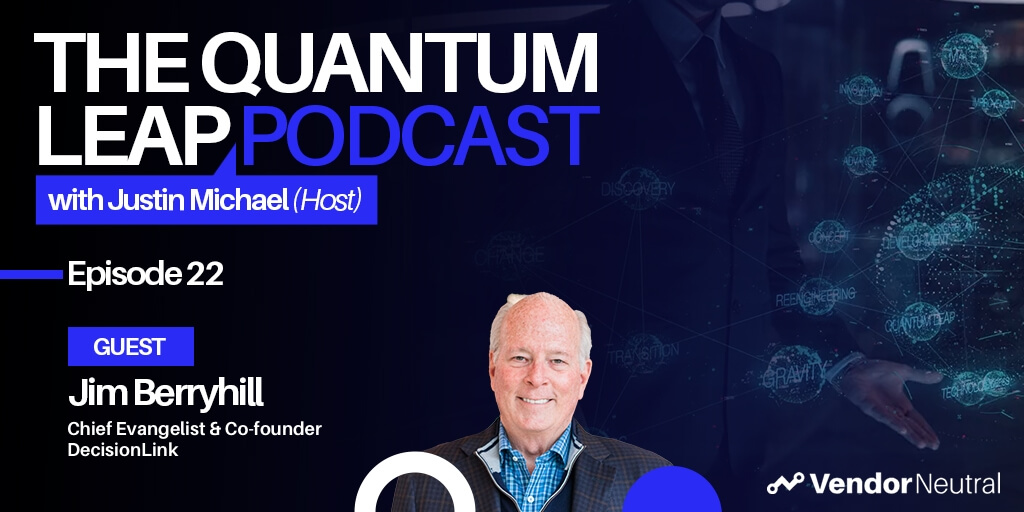 4 Opportunities For Massive Growth In Customer Value Management4 Opportunities For Massive Growth In Customer Value Management
4 Opportunities For Massive Growth In Customer Value Management4 Opportunities For Massive Growth In Customer Value Management -
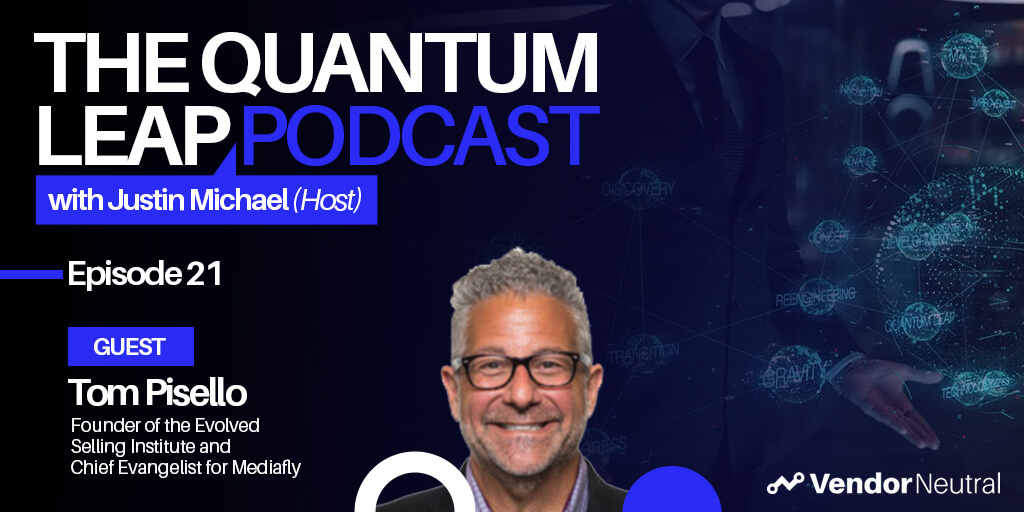 Closing the Customer Engagement Gap | Showing A Clear Case of ROIClosing the Customer Engagement Gap | Showing A Clear Case of ROI
Closing the Customer Engagement Gap | Showing A Clear Case of ROIClosing the Customer Engagement Gap | Showing A Clear Case of ROI -
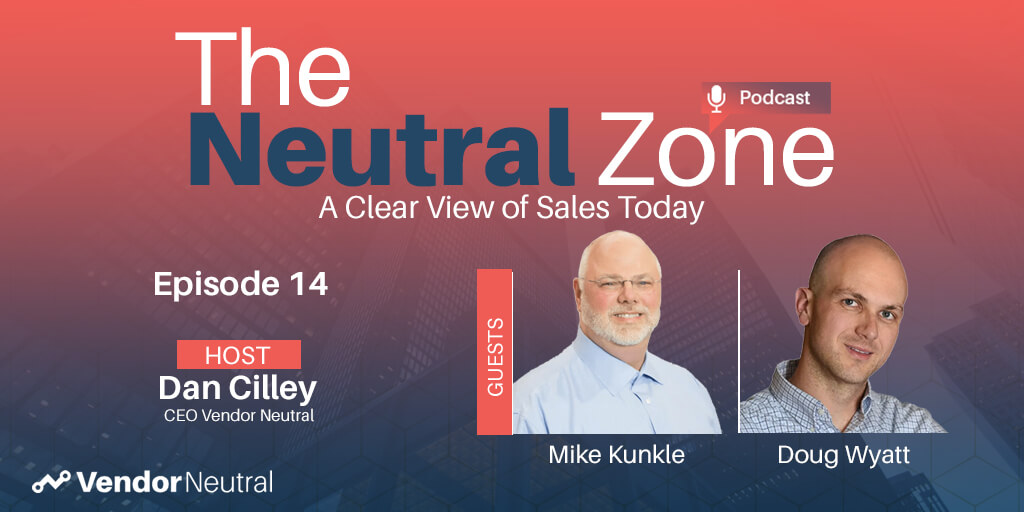 Buyer-Centric Selling | Modern Sales Foundations Virtual Sales TrainingBuyer-Centric Selling | Modern Sales Foundations Virtual Sales Training
Buyer-Centric Selling | Modern Sales Foundations Virtual Sales TrainingBuyer-Centric Selling | Modern Sales Foundations Virtual Sales Training -
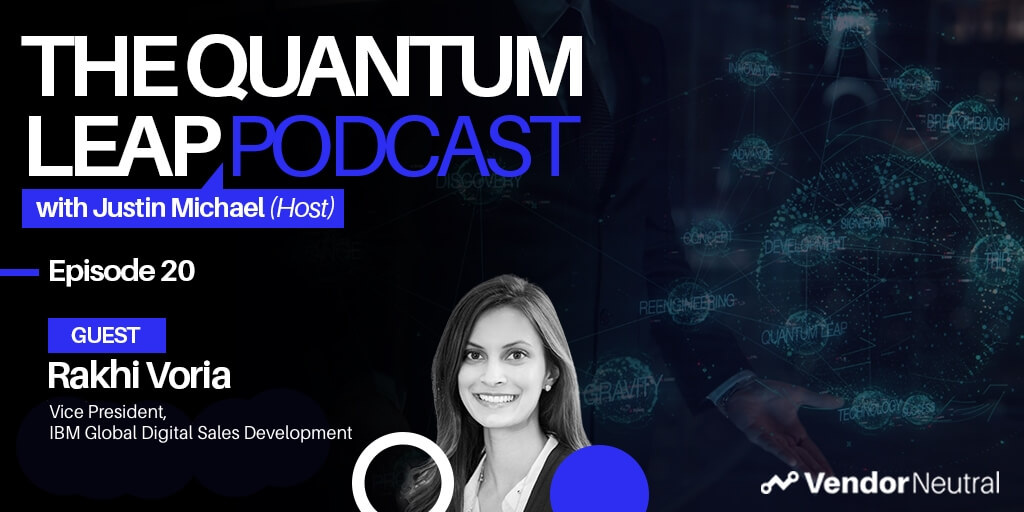 Biggest Trends in Digital TransformationBiggest Trends in Digital Transformation
Biggest Trends in Digital TransformationBiggest Trends in Digital Transformation -
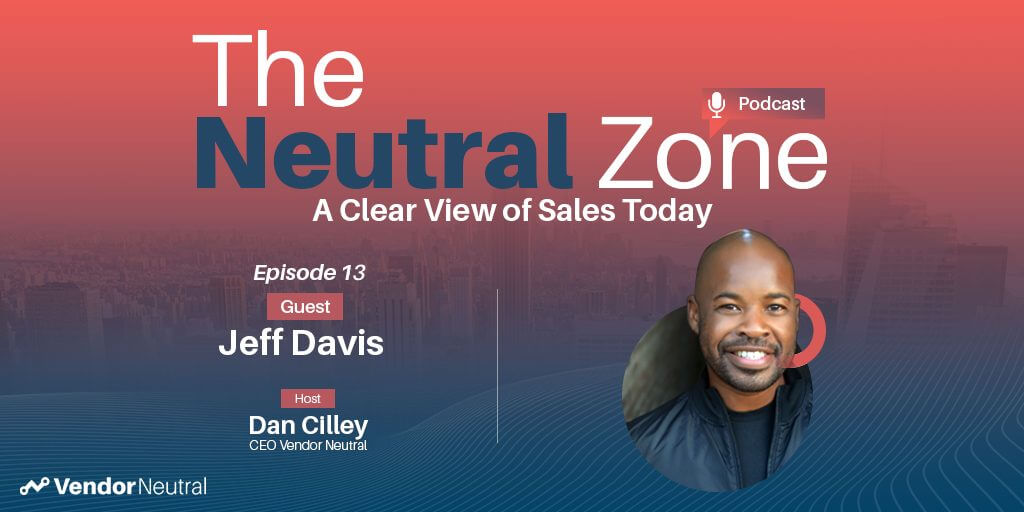 Focus on These 3 Things for Sales Technology AdoptionFocus on These 3 Things for Sales Technology Adoption
Focus on These 3 Things for Sales Technology AdoptionFocus on These 3 Things for Sales Technology Adoption -
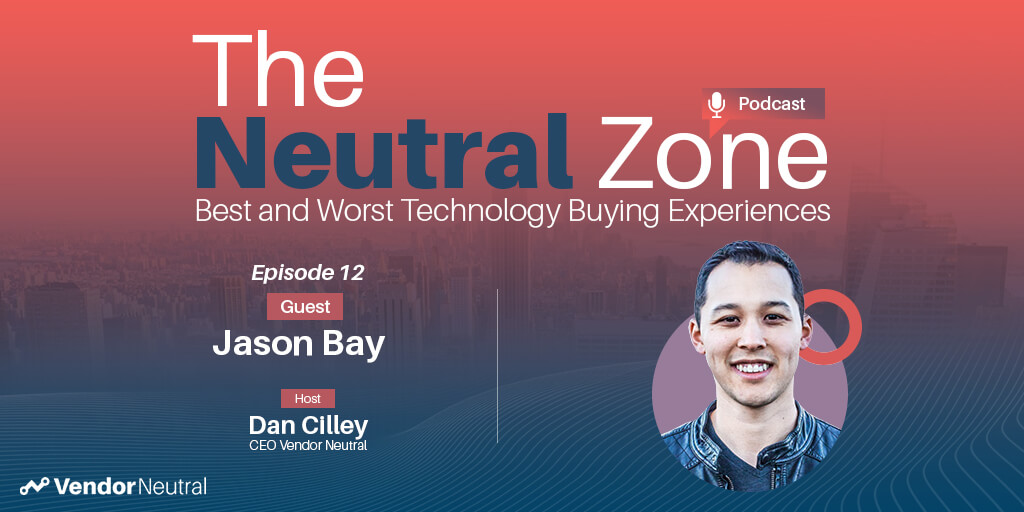 For Sales Technology Buyers A Customer Success Strategy is KeyFor Sales Technology Buyers A Customer Success Strategy is Key
For Sales Technology Buyers A Customer Success Strategy is KeyFor Sales Technology Buyers A Customer Success Strategy is Key -
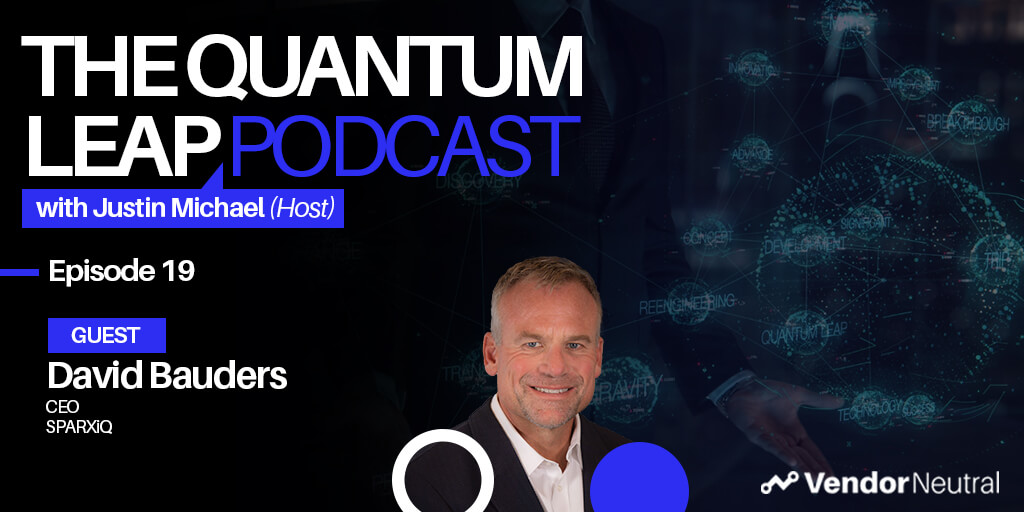 The Future of Sales TrainingThe Future of Sales Training
The Future of Sales TrainingThe Future of Sales Training -
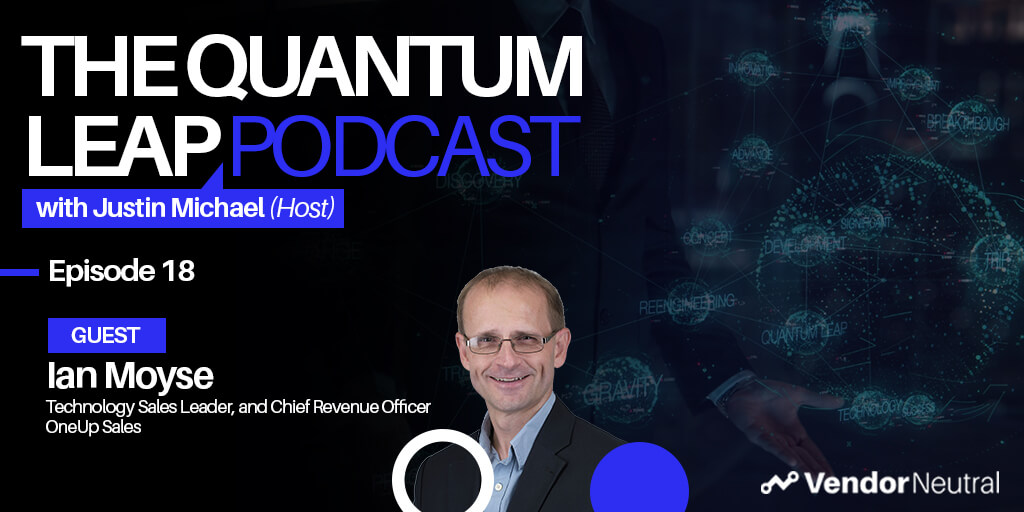 Sales Enablement to Generate Revenue in 2021 and BeyondSales Enablement to Generate Revenue in 2021 and Beyond
Sales Enablement to Generate Revenue in 2021 and BeyondSales Enablement to Generate Revenue in 2021 and Beyond -
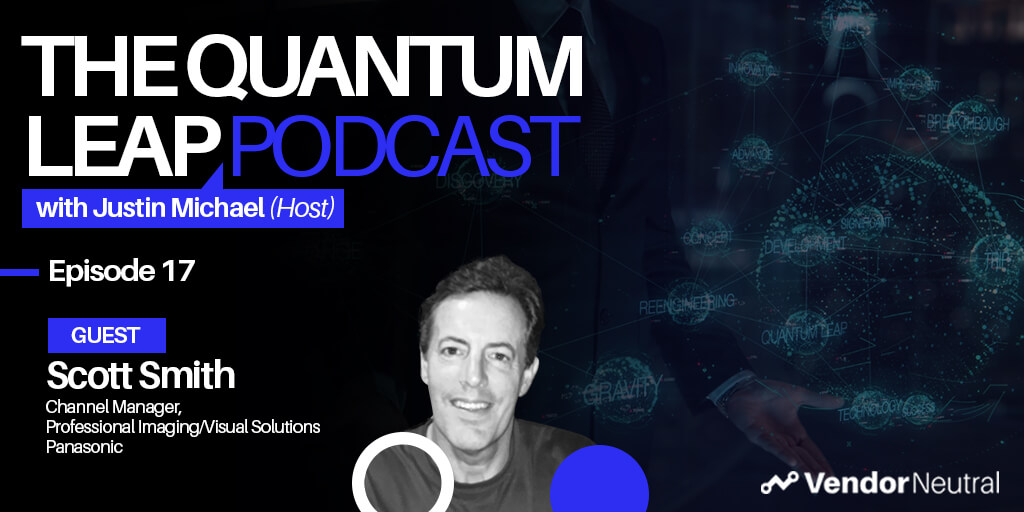 Leveraging Sales Technology in Enterprise Channel Sales | Start by identifying the problems you’re trying to solveLeveraging Sales Technology in Enterprise Channel Sales | Start by identifying the problems you’re trying to solve
Leveraging Sales Technology in Enterprise Channel Sales | Start by identifying the problems you’re trying to solveLeveraging Sales Technology in Enterprise Channel Sales | Start by identifying the problems you’re trying to solve -
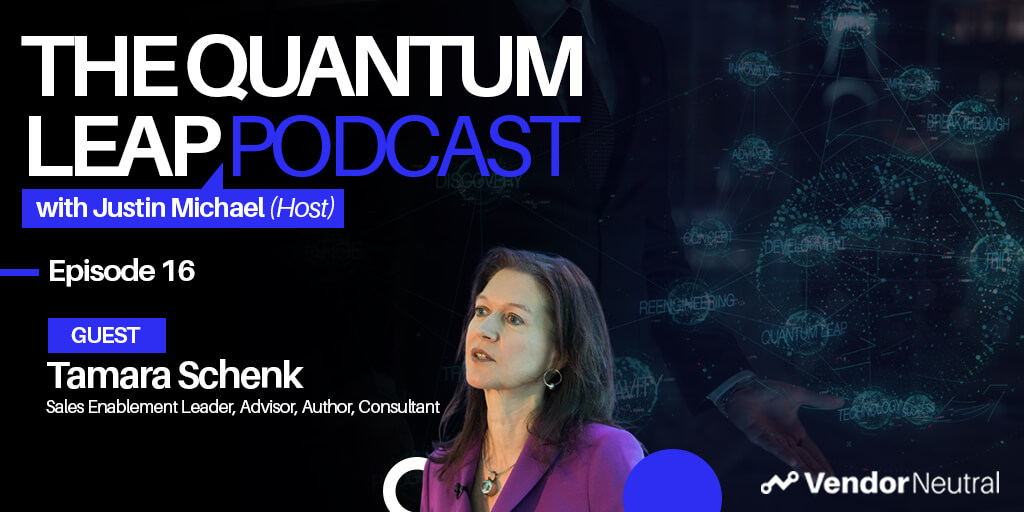 The One Question to Ask Before Sales Technology Implementation to Ensure the Success of Your Enablement InitiativeThe One Question to Ask Before Sales Technology Implementation to Ensure the Success of Your Enablement Initiative
The One Question to Ask Before Sales Technology Implementation to Ensure the Success of Your Enablement InitiativeThe One Question to Ask Before Sales Technology Implementation to Ensure the Success of Your Enablement Initiative -
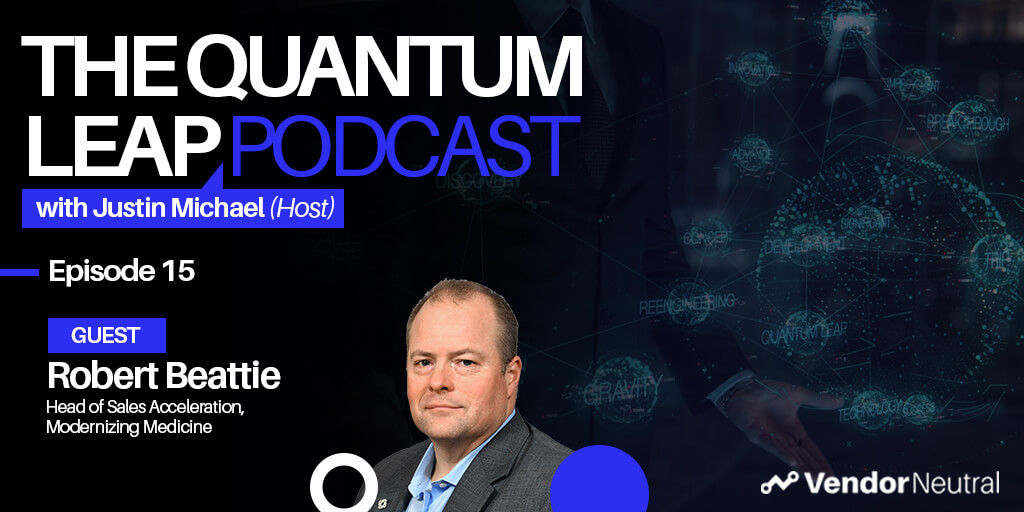 Digitally Enabled Enterprise Sales - Technology & Skills You'll Need in 2025Digitally Enabled Enterprise Sales - Technology & Skills You'll Need in 2025
Digitally Enabled Enterprise Sales - Technology & Skills You'll Need in 2025Digitally Enabled Enterprise Sales - Technology & Skills You'll Need in 2025 -
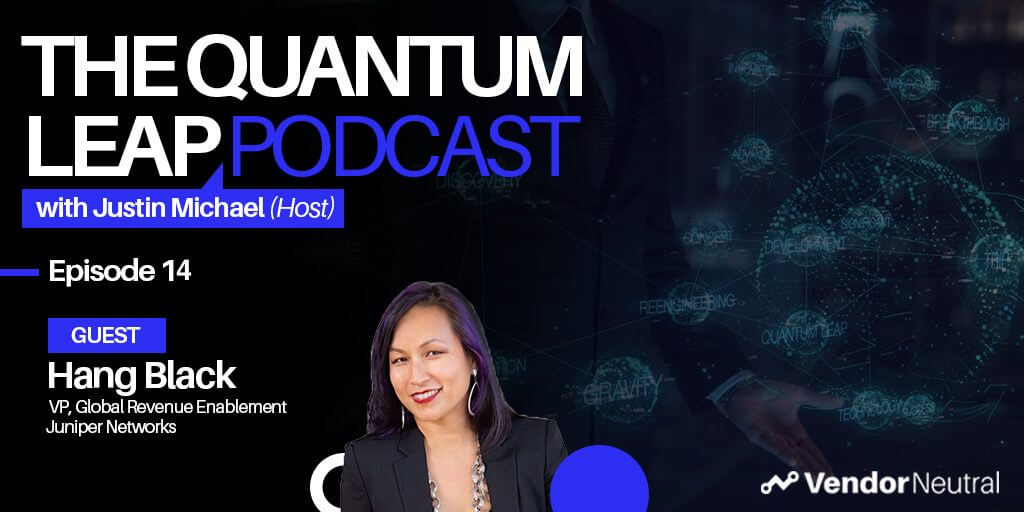 A Look Into The Future of Sales EnablementA Look Into The Future of Sales Enablement
A Look Into The Future of Sales EnablementA Look Into The Future of Sales Enablement -
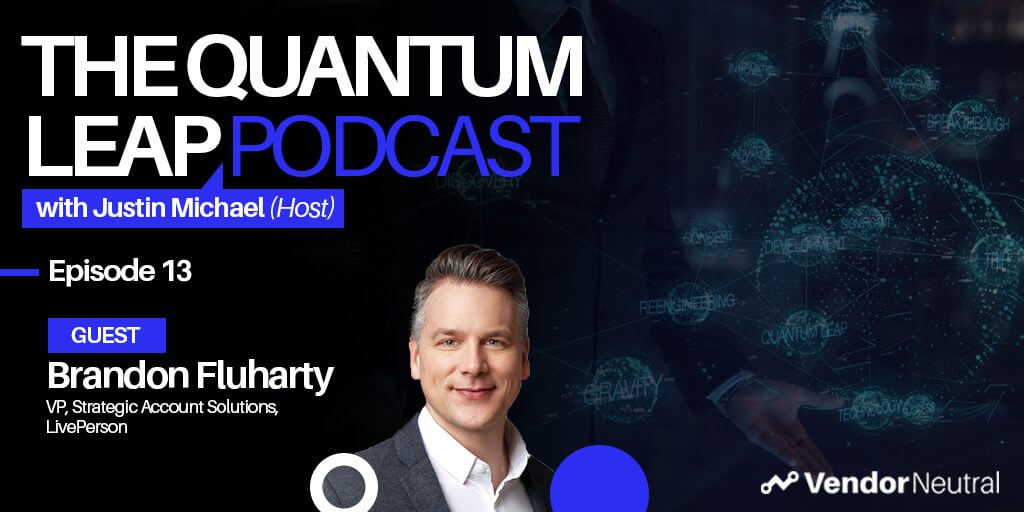 3 Ways Sales Technology will Shape the Future of Strategic Selling & Enterprise Sales3 Ways Sales Technology will Shape the Future of Strategic Selling & Enterprise Sales
3 Ways Sales Technology will Shape the Future of Strategic Selling & Enterprise Sales3 Ways Sales Technology will Shape the Future of Strategic Selling & Enterprise Sales -
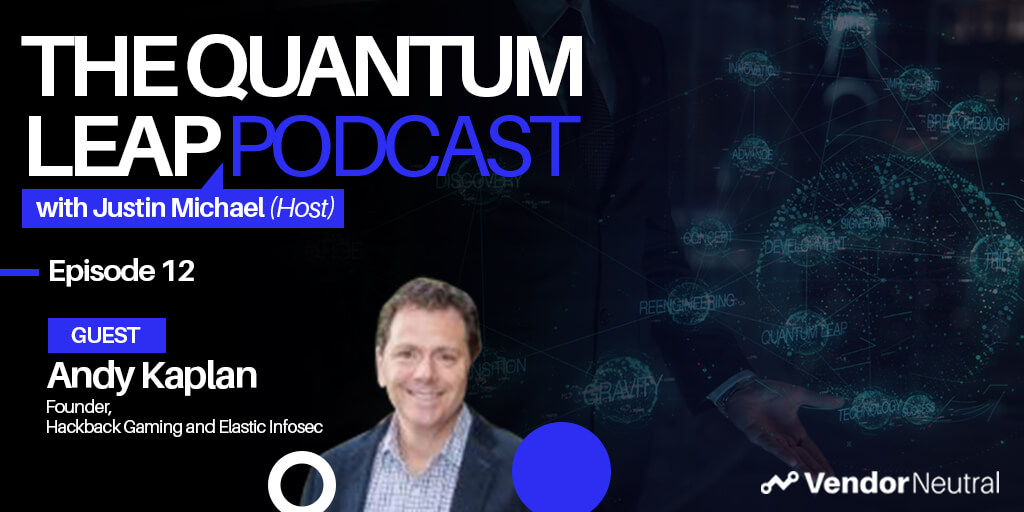 Future of Sales in the EnterpriseFuture of Sales in the Enterprise
Future of Sales in the EnterpriseFuture of Sales in the Enterprise -
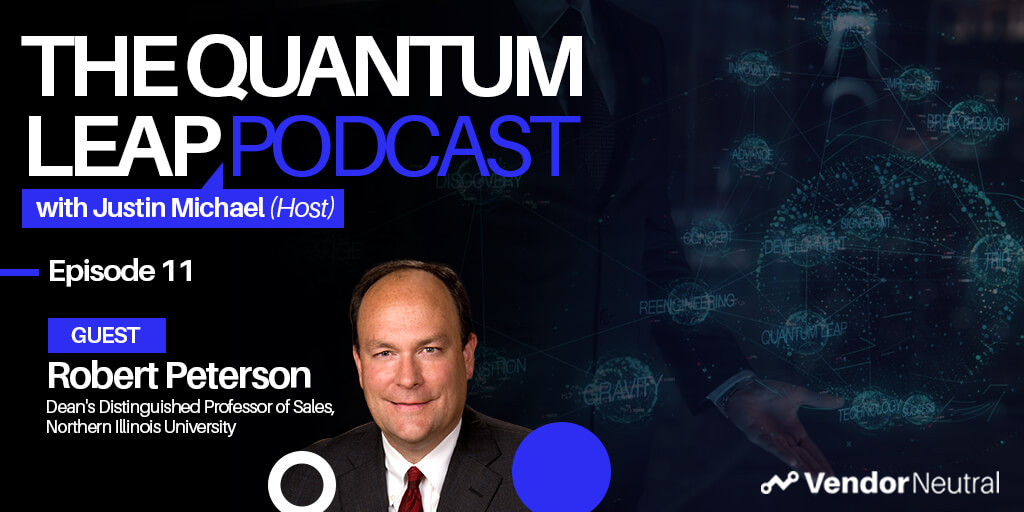 Developing the Revenue Leaders of TomorrowDeveloping the Revenue Leaders of Tomorrow
Developing the Revenue Leaders of TomorrowDeveloping the Revenue Leaders of Tomorrow -
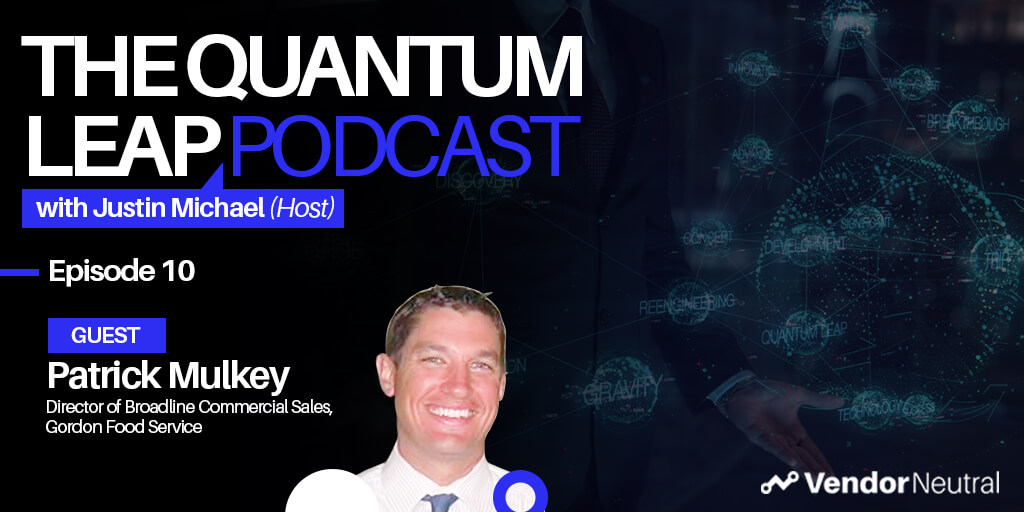 Evaluating and Updating Your Enterprise Sales Technology StackEvaluating and Updating Your Enterprise Sales Technology Stack
Evaluating and Updating Your Enterprise Sales Technology StackEvaluating and Updating Your Enterprise Sales Technology Stack -
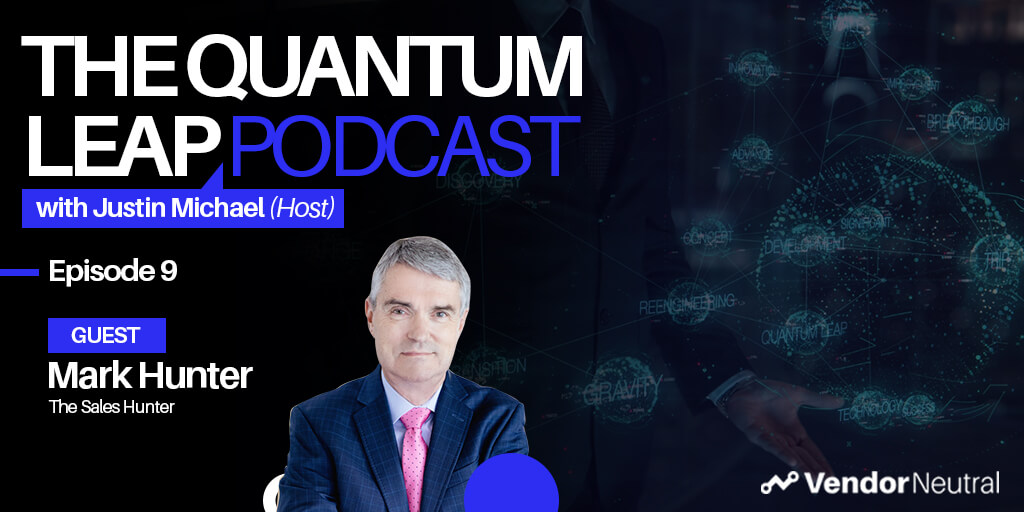 How-to Connect With Enterprise Buyers When Selling From HomeHow-to Connect With Enterprise Buyers When Selling From Home
How-to Connect With Enterprise Buyers When Selling From HomeHow-to Connect With Enterprise Buyers When Selling From Home -
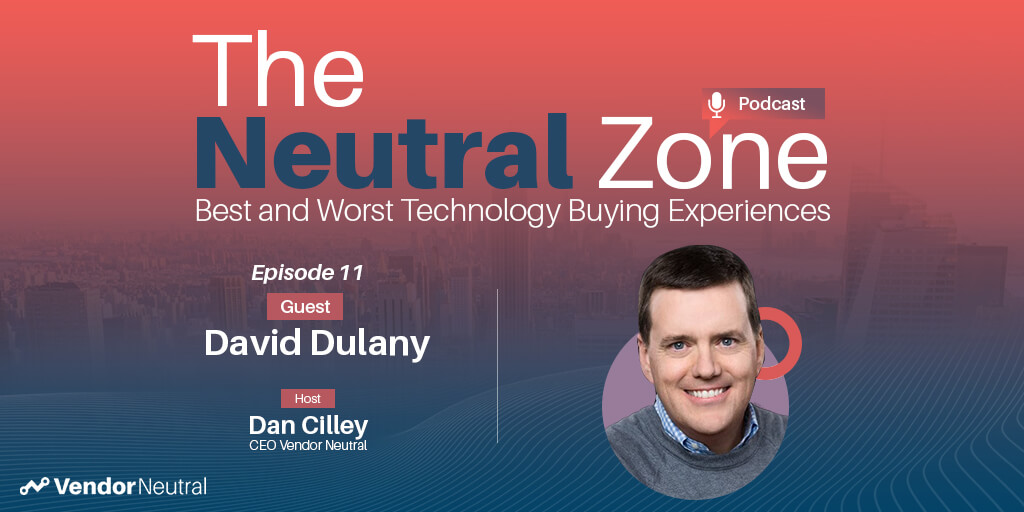 Is the Sales Technology Buying Process Over Engineered?Is the Sales Technology Buying Process Over Engineered?
Is the Sales Technology Buying Process Over Engineered?Is the Sales Technology Buying Process Over Engineered? -
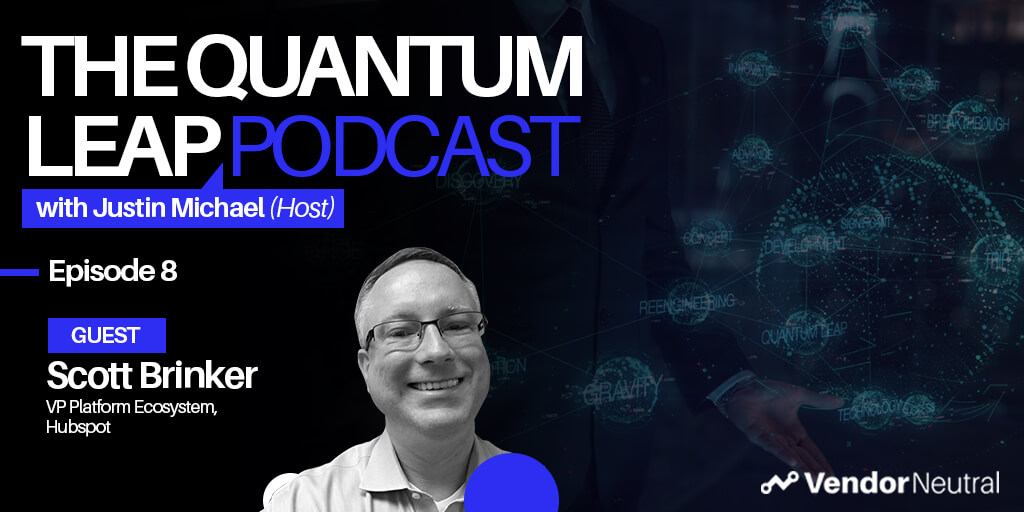 Tangible Ways to Digitally Transform Enterprise OrganizationsTangible Ways to Digitally Transform Enterprise Organizations
Tangible Ways to Digitally Transform Enterprise OrganizationsTangible Ways to Digitally Transform Enterprise Organizations -
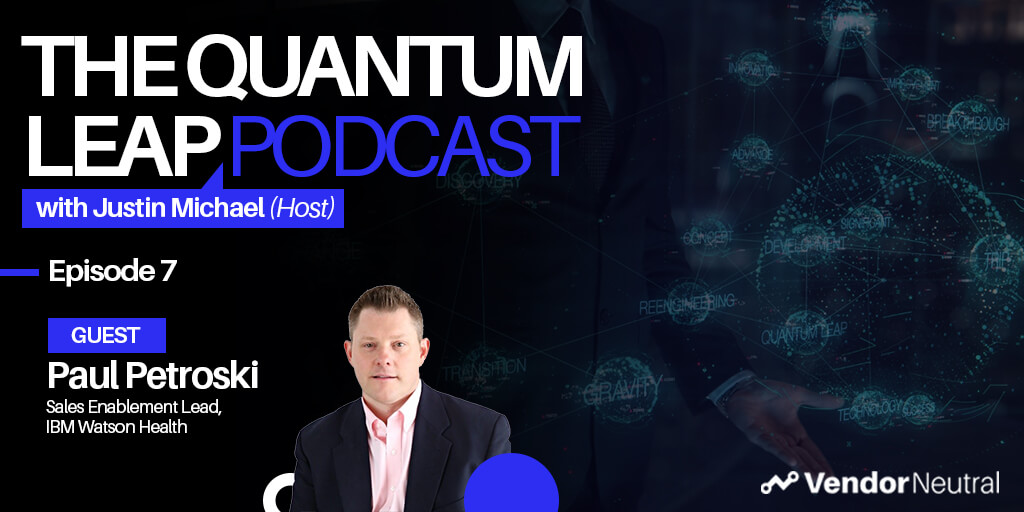 Quantum Leap Podcast Episode 7Quantum Leap Podcast Episode 7
Quantum Leap Podcast Episode 7Quantum Leap Podcast Episode 7 -
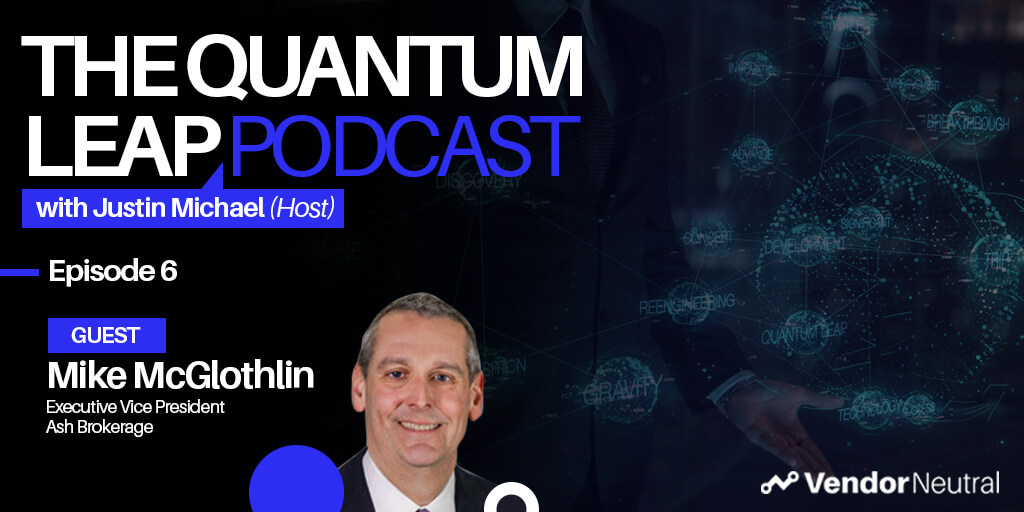 How Sales Technology is Making an Impact in the Financial SpaceHow Sales Technology is Making an Impact in the Financial Space
How Sales Technology is Making an Impact in the Financial SpaceHow Sales Technology is Making an Impact in the Financial Space -
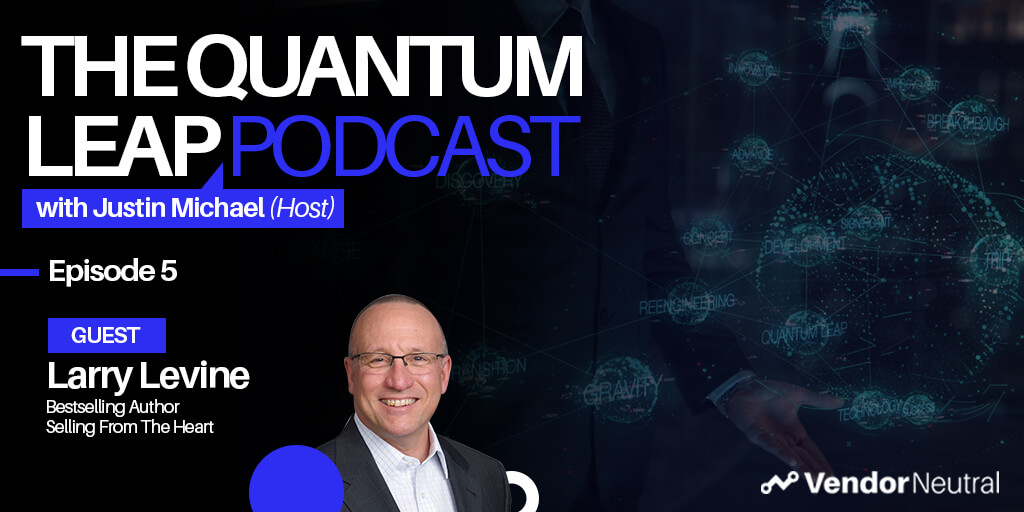 Quantum Leap Podcast Episode 5Quantum Leap Podcast Episode 5
Quantum Leap Podcast Episode 5Quantum Leap Podcast Episode 5 -
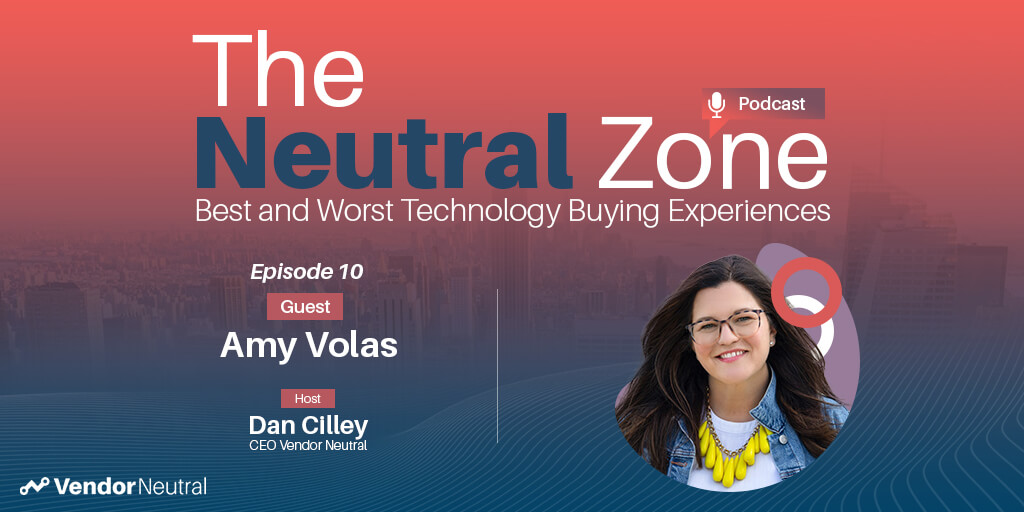 Clear View of Sales Episode 10 with Amy VolasClear View of Sales Episode 10 with Amy Volas
Clear View of Sales Episode 10 with Amy VolasClear View of Sales Episode 10 with Amy Volas -
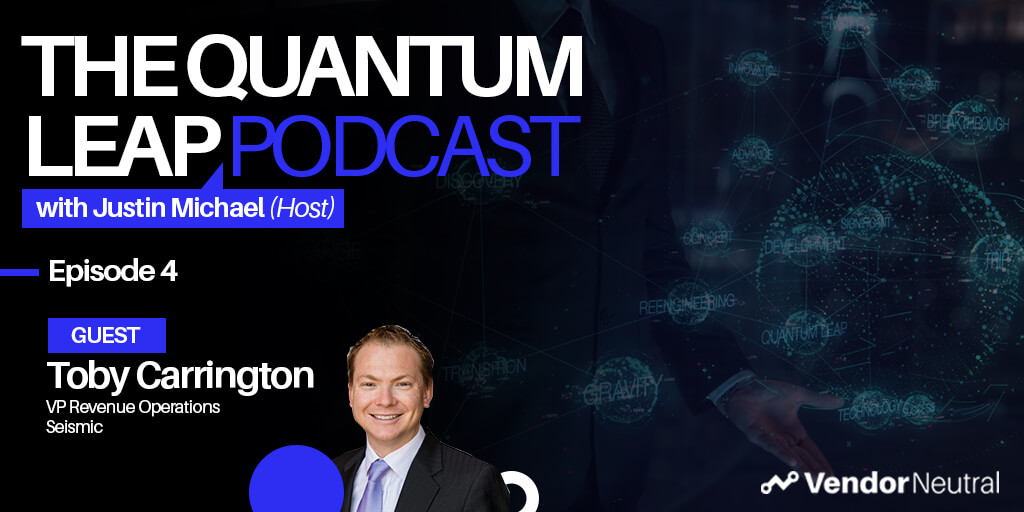 Quantum Leap Podcast Episode 4: Transforming Your Enterprise TechStack, The Future is Bright!Quantum Leap Podcast Episode 4: Transforming Your Enterprise TechStack, The Future is Bright!
Quantum Leap Podcast Episode 4: Transforming Your Enterprise TechStack, The Future is Bright!Quantum Leap Podcast Episode 4: Transforming Your Enterprise TechStack, The Future is Bright! -
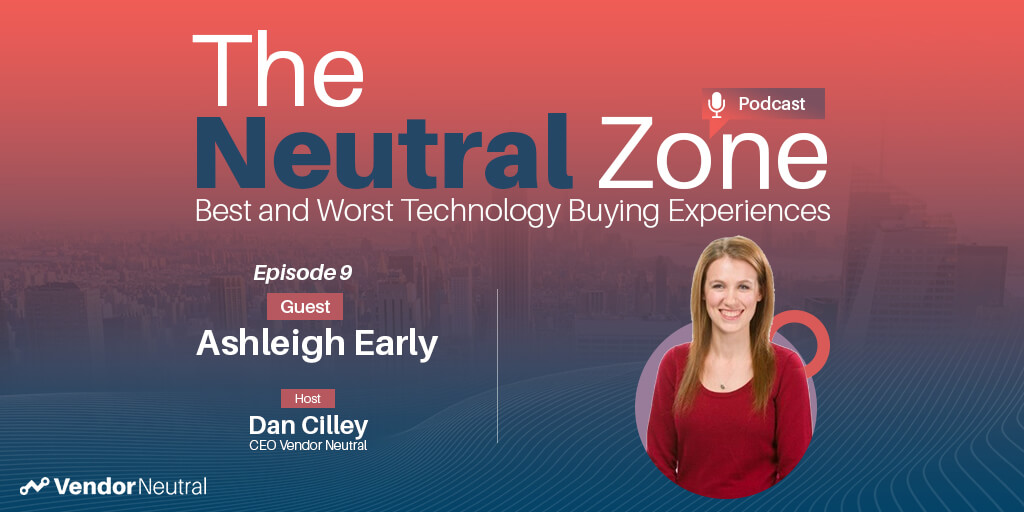 Clear View of Sales with Ashleigh Early:Clear View of Sales with Ashleigh Early:
Clear View of Sales with Ashleigh Early:Clear View of Sales with Ashleigh Early: -
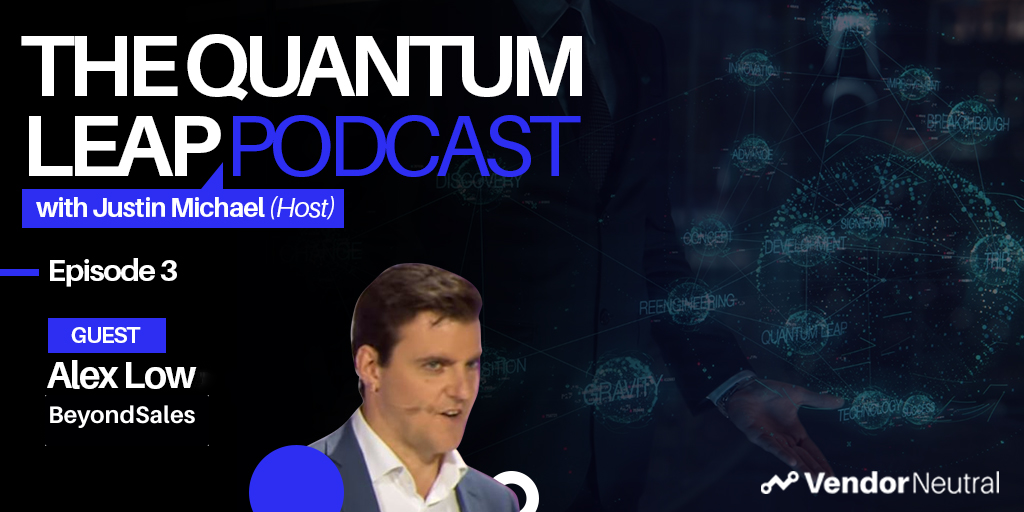 Quantum Leap Episode 3: Unlock the Mystery of Enterprise TransformationQuantum Leap Episode 3: Unlock the Mystery of Enterprise Transformation
Quantum Leap Episode 3: Unlock the Mystery of Enterprise TransformationQuantum Leap Episode 3: Unlock the Mystery of Enterprise Transformation -
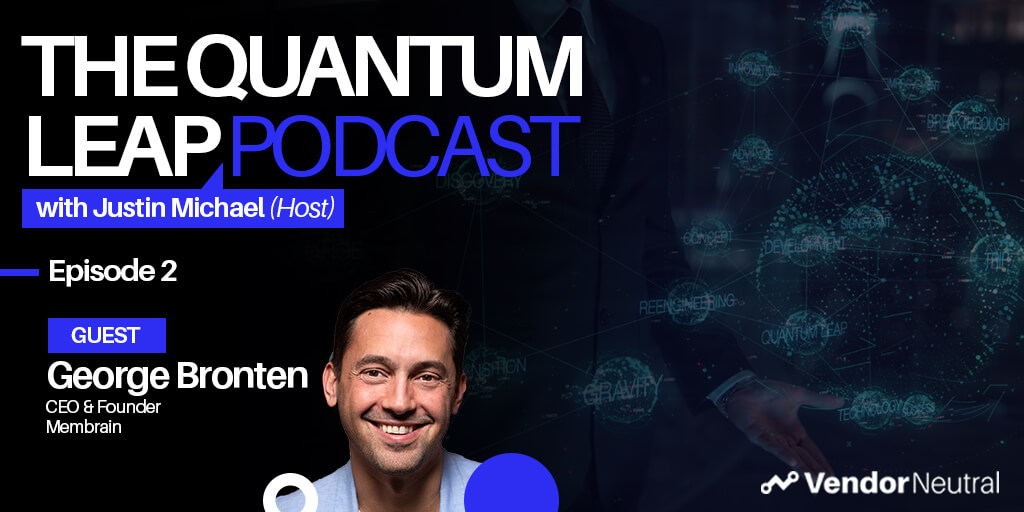 Quantum Leap Podcast Episode 2Quantum Leap Podcast Episode 2
Quantum Leap Podcast Episode 2Quantum Leap Podcast Episode 2 -
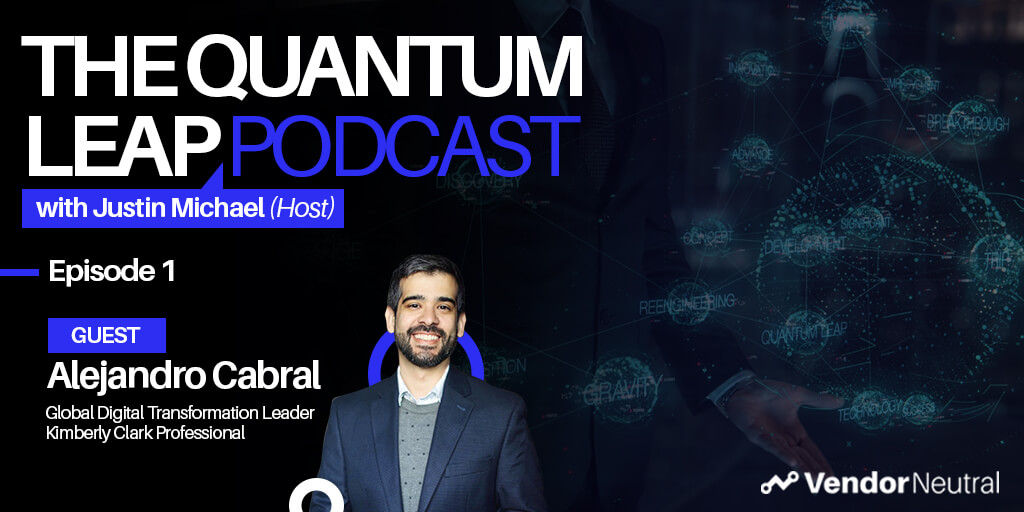 Quantum Leap Podcast Episode 1Quantum Leap Podcast Episode 1
Quantum Leap Podcast Episode 1Quantum Leap Podcast Episode 1 -
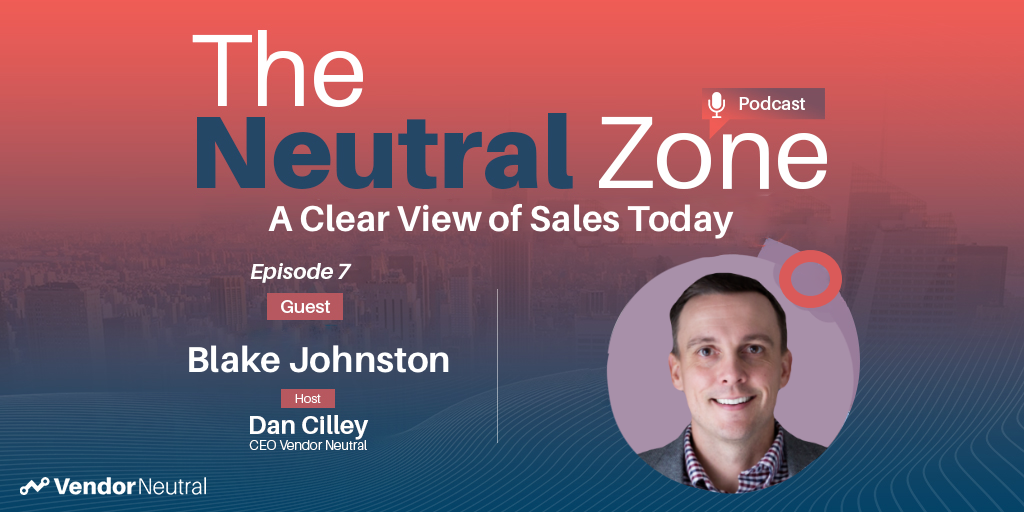 The Best & Worst B2B Technology Buying Experiences With Blake JohnstonThe Best & Worst B2B Technology Buying Experiences With Blake Johnston
The Best & Worst B2B Technology Buying Experiences With Blake JohnstonThe Best & Worst B2B Technology Buying Experiences With Blake Johnston -
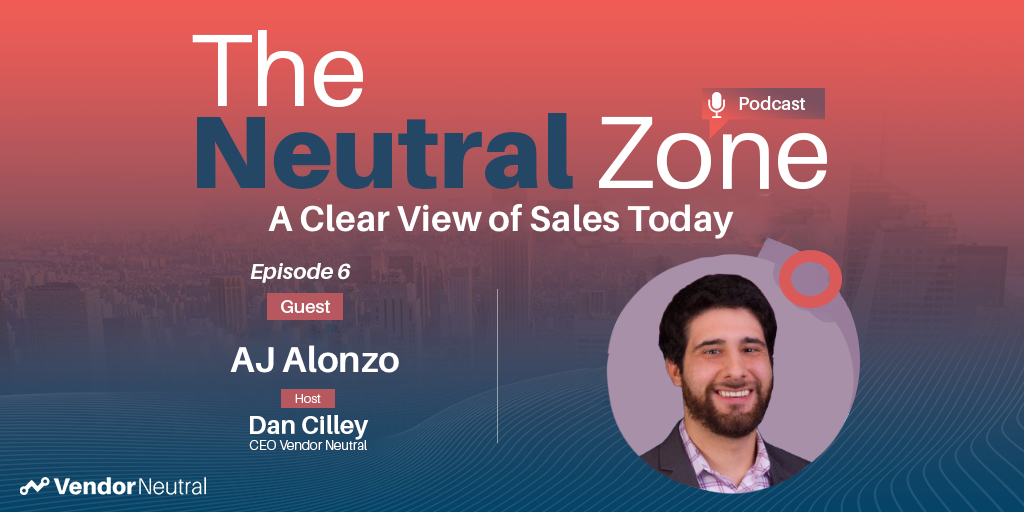 The Best & Worst B2B Technology Buying Experiences With AJ AlonzoThe Best & Worst B2B Technology Buying Experiences With AJ Alonzo
The Best & Worst B2B Technology Buying Experiences With AJ AlonzoThe Best & Worst B2B Technology Buying Experiences With AJ Alonzo -
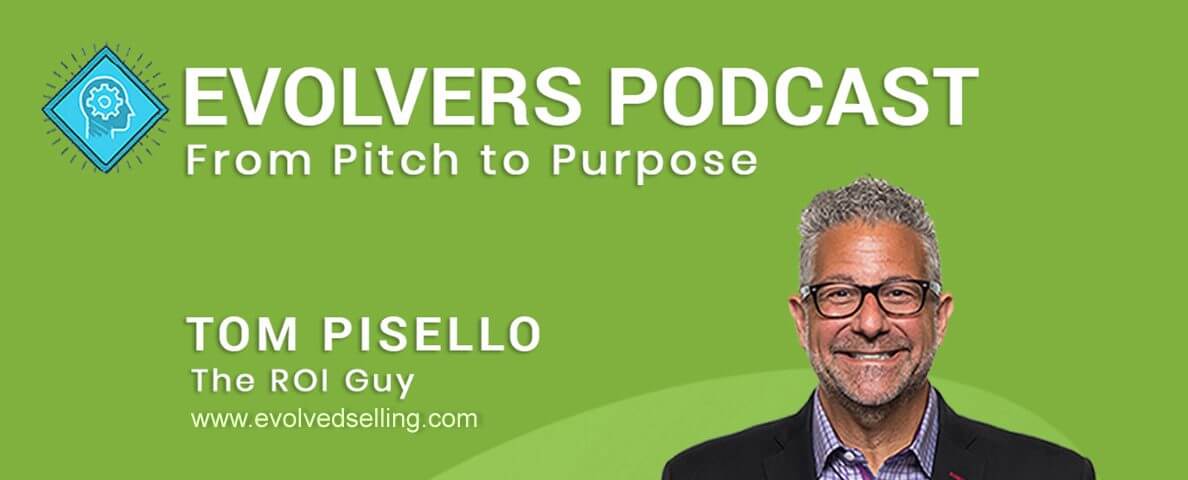 Evolvers Podcast: The Democratization of Sales Enablement? With Dan CilleyEvolvers Podcast: The Democratization of Sales Enablement? With Dan Cilley
Evolvers Podcast: The Democratization of Sales Enablement? With Dan CilleyEvolvers Podcast: The Democratization of Sales Enablement? With Dan Cilley -
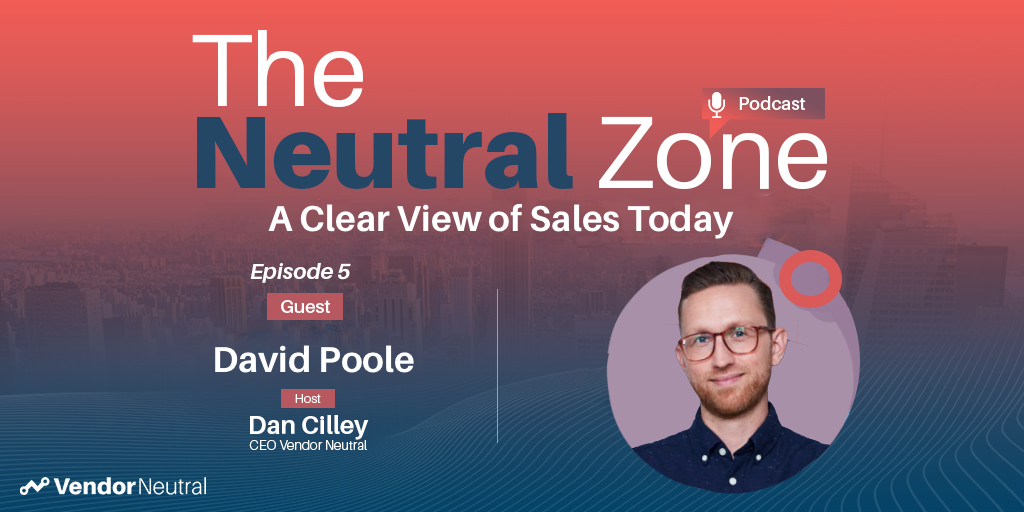 The Best & Worst B2B Technology Buying Experiences With David PooleThe Best & Worst B2B Technology Buying Experiences With David Poole
The Best & Worst B2B Technology Buying Experiences With David PooleThe Best & Worst B2B Technology Buying Experiences With David Poole -
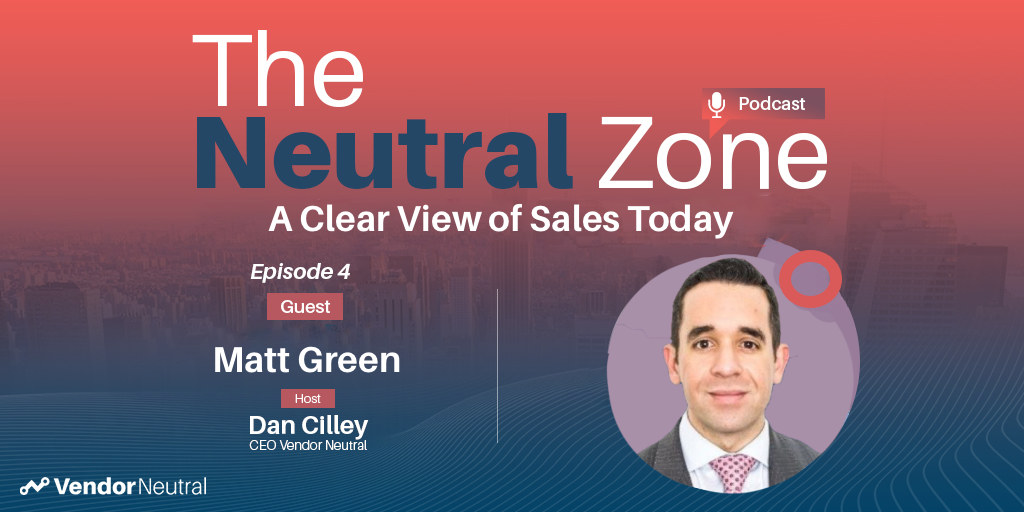 The Best & Worst B2B Technology Buying Experiences With Matt GreenThe Best & Worst B2B Technology Buying Experiences With Matt Green
The Best & Worst B2B Technology Buying Experiences With Matt GreenThe Best & Worst B2B Technology Buying Experiences With Matt Green -
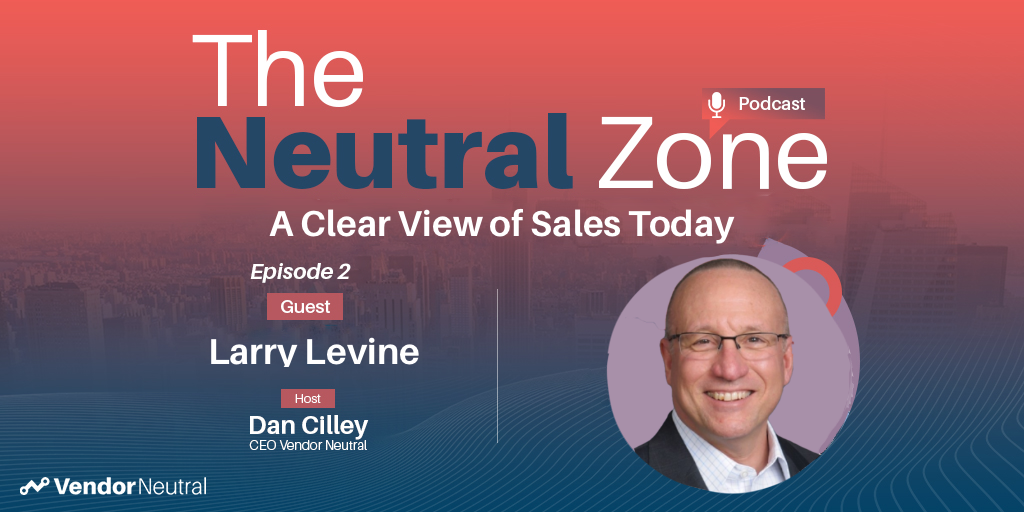 The Best & Worst B2B Technology Buying Experiences with Larry LevineThe Best & Worst B2B Technology Buying Experiences with Larry Levine
The Best & Worst B2B Technology Buying Experiences with Larry LevineThe Best & Worst B2B Technology Buying Experiences with Larry Levine -
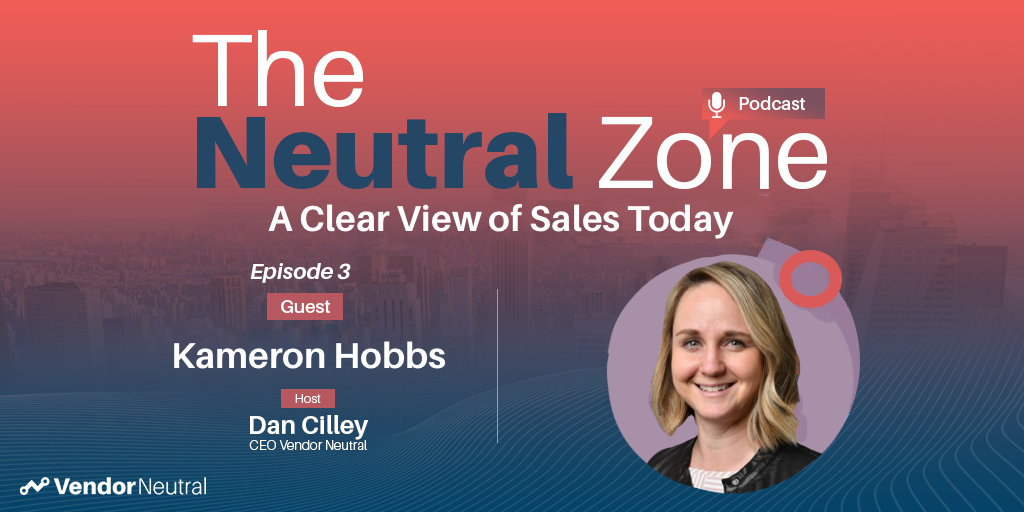 The Best & Worst B2B Technology Buying Experiences with Kameron HobbsThe Best & Worst B2B Technology Buying Experiences with Kameron HobbsVideo
The Best & Worst B2B Technology Buying Experiences with Kameron HobbsThe Best & Worst B2B Technology Buying Experiences with Kameron HobbsVideo -
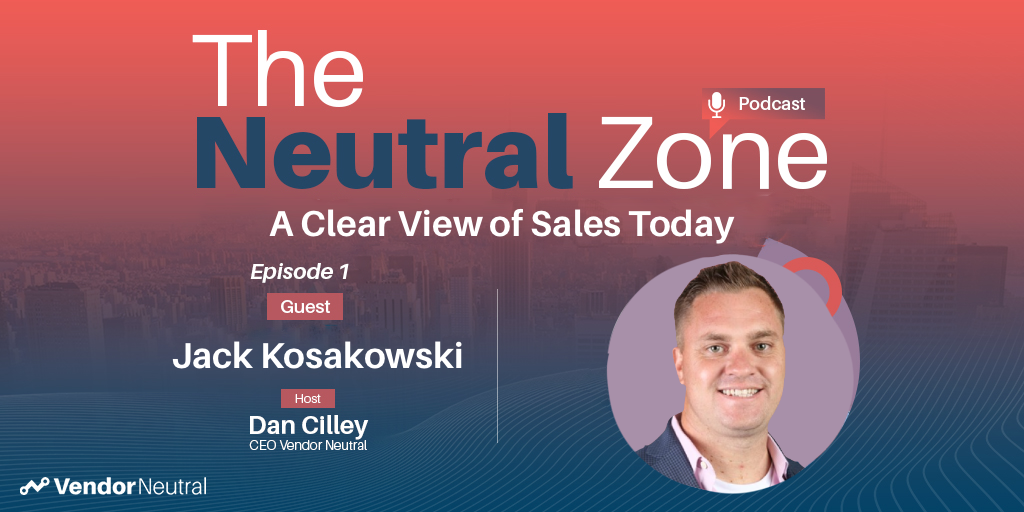 The Best & Worst B2B Technology Buying Experiences with Jack KosakowsiThe Best & Worst B2B Technology Buying Experiences with Jack KosakowsiPodcast
The Best & Worst B2B Technology Buying Experiences with Jack KosakowsiThe Best & Worst B2B Technology Buying Experiences with Jack KosakowsiPodcast
